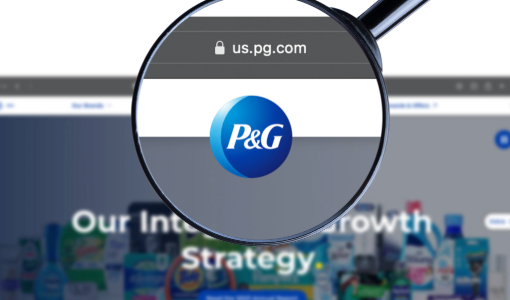SUMMARY Procter & Gamble (P&G) excels in cash flow forecasting by employing integrated financial planning and analysis, advanced data analytics, and detailed cash flow monitoring. The company uses predictive analytics and real-time data integration to enhance forecast accuracy, along with daily cash position tracking and variance analysis to manage liquidity. P&G’s centralized treasury management, which includes cash pooling and foreign exchange management, optimizes its financial resources. Strategic management of supplier and customer payment terms further supports cash flow stability. P&G’s investment in technology and automation streamlines forecasting processes, ensuring financial resilience and enabling continued investment in growth opportunities.
Procter & Gamble (P&G) is a prime example of a company that excels in managing its working capital, particularly through effective cash flow forecasting. P&G’s approach involves several sophisticated techniques and strategies that ensure it maintains liquidity, meets its financial obligations, and invests in growth opportunities.
1. Integrated Financial Planning and Analysis (FP&A)
P&G employs a robust FP&A system that integrates financial planning with operational performance. This system allows the company to:
- Synchronize Budgeting and Forecasting: By aligning budgeting processes with realtime forecasting, P&G can quickly adapt to changing market conditions and operational needs.
- Scenario Analysis: The company performs scenario analysis to evaluate the impact of various business decisions on cash flow. This helps in identifying potential risks and opportunities.
2. Advanced Data Analytics
P&G leverages advanced data analytics to enhance the accuracy of its cash flow forecasts. Key components include:
- Predictive Analytics: Using historical data and predictive modeling, P&G can forecast future cash flows with higher precision. This involves analyzing past trends, seasonality, and market dynamics.
- RealTime Data Integration: The company integrates realtime data from its operations, sales, and supply chain into its forecasting models. This provides a current view of cash flow positions and helps in making informed decisions.
3. Detailed Cash Flow Monitoring
P&G monitors its cash flow in detail through:
- Daily Cash Position Tracking: The company tracks its cash position on a daily basis to ensure it has sufficient liquidity to meet short-term obligations.
- Cash Flow Variance Analysis: Regularly comparing actual cash flows with forecasted figures allows P&G to identify variances and take corrective actions promptly.
4. Centralized Treasury Management
P&G’s centralized treasury function plays a critical role in managing cash flow. This includes:
- Cash Pooling: By pooling cash from various subsidiaries and business units, P&G optimizes its liquidity and reduces borrowing costs.
- Foreign Exchange Management: The treasury team actively manages foreign exchange risks to protect cash flow from currency fluctuations.
5. Supplier and Customer Payment Terms
P&G strategically manages payment terms with suppliers and customers to optimize cash flow:
- Extended Supplier Payment Terms: The company negotiates extended payment terms with suppliers to delay cash outflows without incurring penalties.
- Efficient Receivables Collection: P&G implements efficient accounts receivable practices to accelerate cash inflows from customers.
6. Technology and Automation
P&G invests in technology and automation to streamline cash flow forecasting processes:
- Automated Forecasting Tools: The use of automated tools reduces manual errors and speeds up the forecasting process.
- ERP Systems: Integration of Enterprise Resource Planning (ERP) systems ensures seamless data flow across departments, enhancing the accuracy of cash flow forecasts.
Example of P&G’s Cash Flow Forecasting in Action
During the COVID19 pandemic, P&G’s advanced cash flow forecasting techniques proved invaluable. The company was able to:
- Maintain Strong Liquidity: Despite disruptions, P&G maintained strong liquidity by accurately forecasting cash needs and managing working capital efficiently.
- Support Supply Chain Continuity: By forecasting cash flow accurately, P&G ensured it had the funds to support its supply chain and avoid disruptions in production and distribution.
- Invest in Growth Opportunities: The company continued to invest in strategic growth opportunities, such as new product launches and market expansions, even during uncertain times.
Procter & Gamble’s success in managing cash flow can be attributed to its comprehensive and integrated approach to forecasting. By leveraging advanced data analytics, centralized treasury management, and strategic payment term management, P&G ensures it maintains liquidity and supports its operational and strategic goals. Other businesses can learn from P&G’s best practices to enhance their own cash flow management and achieve financial stability.

